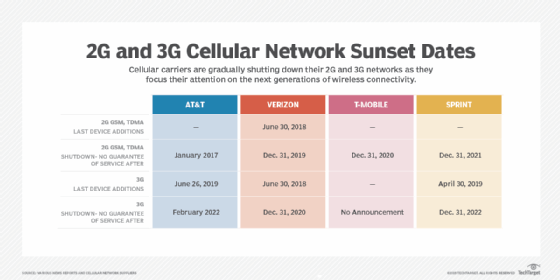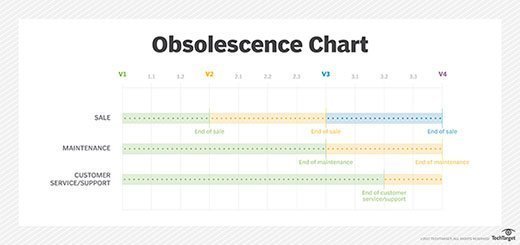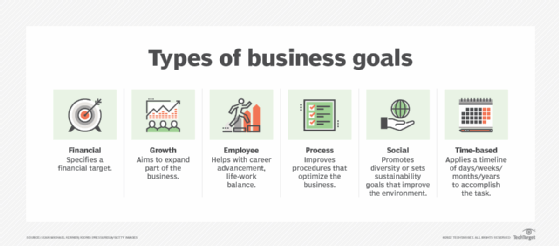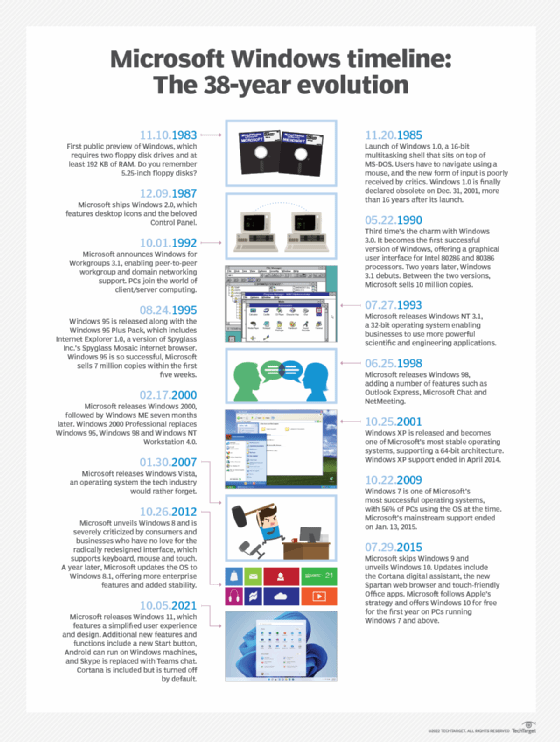sunsetting
What is sunsetting?
Sunsetting is the intentional phasing out or termination of something, and in business, the term is used often regarding brands, partnerships, agreements, policies, and hardware and software.
How is sunsetting used in business?
Sunsetting something may be part of the original plan. In a legal context, for example, a sunset provision is a specification that legislation will no longer be in effect beyond a certain date or after a particular event has transpired, unless an extension is mandated.
However, it could also occur because of unplanned circumstances, for example, when a company is acquired and the new owner sunsets an old product line. If two companies with similar product lines merge, one of the lines could be discontinued.
In most cases, products and services are often sunsetted when they are no longer sufficiently profitable or when a company changes its focus. Software vendors usually sunset older versions of their products when a newer version is available. Or sunsetting can occur when a new technology replaces an older one. One example is the shift from 3G networking to 4G and then 5G. Another example is the transition to newer Windows operating systems (OSes), such as Windows 11. When this type of transition occurs, the earlier product or technology is no longer supported.

A legacy application, such as an older browser, may still work. However, it may be unstable because of compatibility issues with current OSes, browsers and IT infrastructures.
Common reasons for sunsetting
Sunsetting might take place for the following reasons:
- Obsolescence. The item is no longer relevant or useful.
- Financial considerations. It's no longer cost-effective to maintain or support the item.
- Legal. The item violates current laws or regulations.
- Lack of resources. The company no longer has the resources or materials to keep it going.
- Change in strategy. The company's overarching goal has shifted, making the item no longer a priority.
Examples of sunsetting
The following are common examples of sunsetting in business:
- ending a business partnership;
- canceling a project;
- discontinuing a product line;
- ending support for an older version of a software product;
- eliminating a company policy; and
- closing a physical location.

When is sunsetting the right move for a business?
There's no easy answer to this question. Sunsetting decisions must be made on a case-by-case basis, considering all the relevant factors. Nevertheless, sunsetting is usually the right move in the following scenarios:
- The item in question is no longer profitable.
- The item is no longer aligned with the company's goals.
- The resources required to maintain the item are no longer available.

Challenges in sunsetting an offering
The process of sunsetting a product, service or another business offering can be complex. It may involve legal, financial and emotional challenges.
There may be customers who are loyal to the item being sunsetted and who need to be transitioned to a new solution. Also, some employees may be attached to the item and need help finding new roles within the company. Finally, there may be environmental concerns if the sunsetting results in increased waste.
Overall, it's important to sunset responsibly and thoughtfully to keep negative impacts to a minimum.

Tips for sunsetting an offering
Sunsetting can be difficult but necessary for businesses. Here are some tips to help businesses sunset responsibly and thoughtfully:
- Communicate early and often. When customers and employees are affected, the decision can be difficult for businesses, as it may mean disappointing customers or losing employees. It's important to communicate sunset change management plans as early as possible so that those involved can be prepared and alternative solutions found.
- Have a plan. A sunsetting plan should be in place well in advance. This plan should include how the sunsetting takes place, what happens to customers and employees, and what the financial impacts are.
- Be transparent. Be honest about why the sunsetting is taking place. If it's due to financial considerations, let people know. If it's because of a change in strategy, explain the new direction the company is taking. This helps build trust with employees and customers.
- Follow through. Once the sunsetting process is underway, it's important to follow through on all aspects of the plan. This helps avoid surprises and keep disruptions to a minimum.
- Learn from mistakes. No matter how well a sunsetting plan is executed, there will probably be some bumps along the way. It's important to learn from these mistakes so that they can be avoided in the future.
See also: deprecation and product lifecycle management.